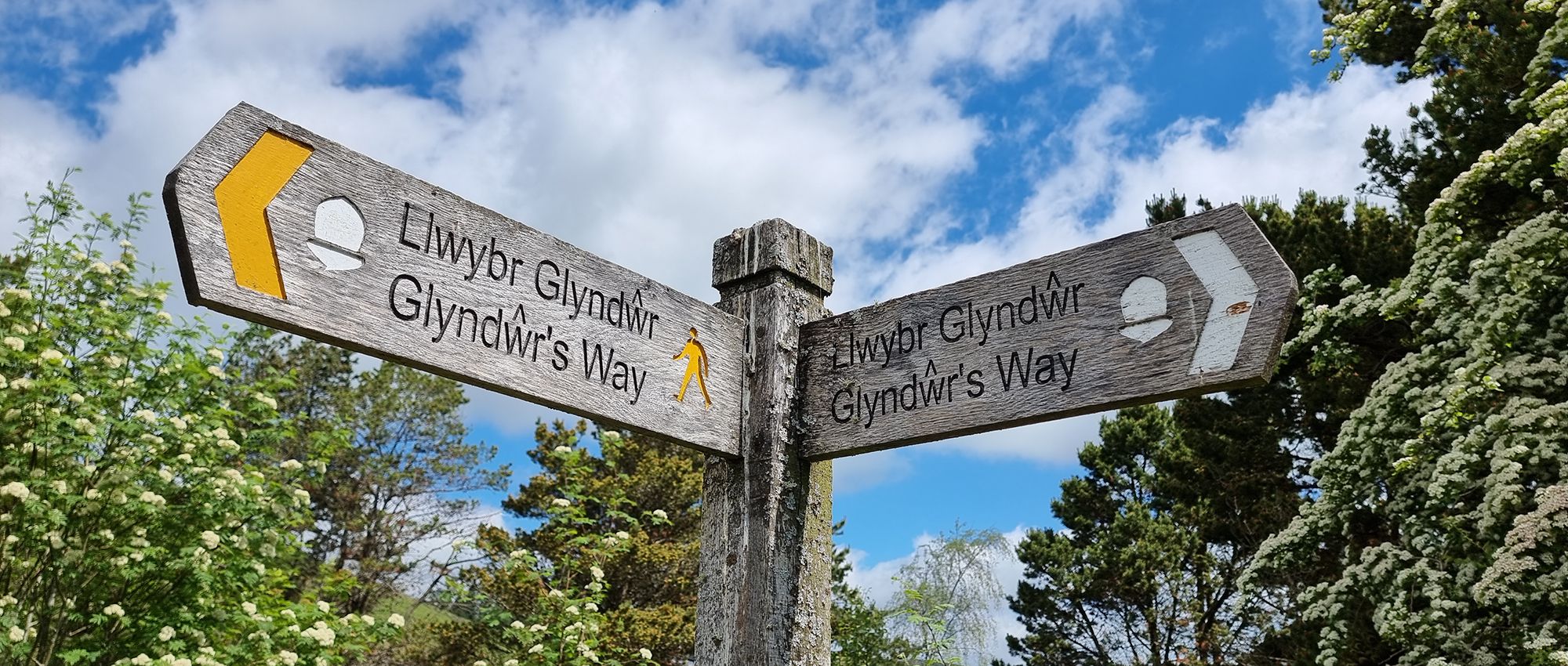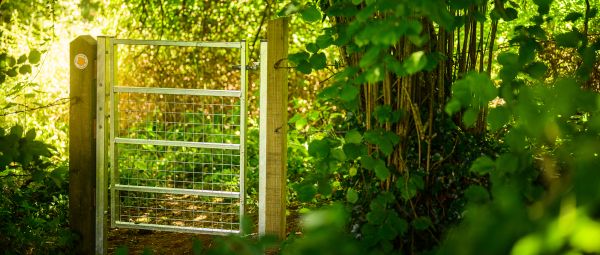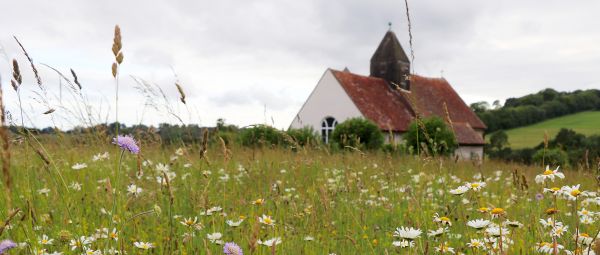Signposts and waymarks on public rights of way
What you can expect and how to deal with problems.

(Advice relevant to England and Wales only. Find information about access rights in Scotland)
Signposts and waymarks: important navigation tools for walkers
Signposts on public rights of way play a dual role. They help direct us to our destination. But they are also a signal that we have a right to walk there.
But what are the rules around signposting on footpaths, bridleways and byways?
Signposts you can expect to see
It’s common to see signposts for public rights of way on country roads, and even major A roads in England and Wales. This is because the local authority has a duty under the Countryside Act 1968 to signpost any public right of way where it leaves a “metalled road”. A metalled road is one which has a hard surface like tarmac.
In rare circumstances, a parish or community council can agree with the local highway authority that a signpost where a path leaves a metalled road is not necessary.
Signs should indicate the type of path according to whether it is a footpath, bridleway or byway. These are usually colour coded but they also often also have icons.
Waymarks
Waymarks are small signs along the route of the path. They can be used to show a change in direction or to indicate the route of the path where it isn’t obvious. They are usually nailed to fingerposts in the ground, on gates and stiles or even attached to trees.
Recently local authorities have reduced the number of waymarks on the path network. This is because the duty to waymark is only where the council deems it necessary to help someone who isn’t familiar with the location. Councils reason that with walkers increasingly using GPS systems and maps on smartphones there is less need for waymarks.
Adding or replacing waymarks
If you think a route needs more waymarks to ensure it is easy to follow without needing to use GPS, you should report it directly to the local authority. However, sadly many local authorities do not prioritise new waymarks. In that case it is worth approaching the parish / community council or the landowner directly to see if they can help. Alternatively your local Ramblers group may be able to help.
If a waymark has been damaged by vandalism or just wear-and-tear, also report thisto the local authority. These can be replaced as part of routine maintenance. Some councils keep a list of signposts or waymarks that need replacing and do a sweep of the whole area at once instead of replacing one by one.

Dealing with problems on public paths
The Ramblers guide to reporting problems on public rights of way in England and Wales. Who is responsible, how to contact them and what to expect.

Problems on paths with no public right of way
Not all paths are public rights of way. Here’s our guidance on what to do if there’s a problem on a path and it isn’t a public right of way.

Get off my land
Our advice on what landowners can and can’t ask of you, plus what to do if you have a problem with a landowner.